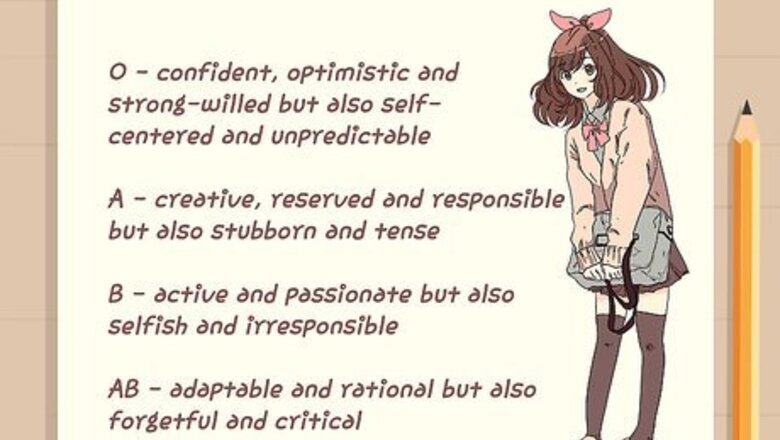
views
Finding Their Personality
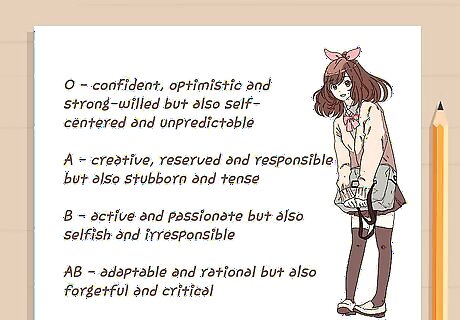
Decide their blood type. Blood type is seen as a common indicator of personality in Japan. You can use this as a way to help decide what you want your character to be like. The blood types and associated personalities are: O - confident, optimistic and strong-willed but also self-centered and unpredictable A - creative, reserved and responsible but also stubborn and tense B - active and passionate but also selfish and irresponsible AB - adaptable and rational but also forgetful and critical
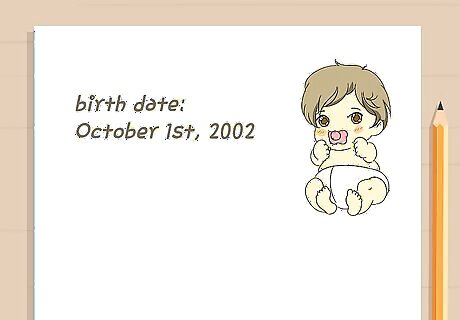
Decide their birth date. The Western Zodiac or the Eastern Zodiac can both also be used to determine personality. You can use this to choose your character's age or birth year and their birth date.
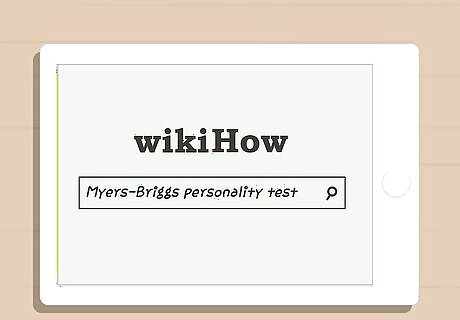
Use the Myers-Briggs Type Indicator. If you really want to get an idea for a fully formed personality, you can check out the Myers-Briggs personality test. These personality types, based in the study of psychology, can be helpful in fleshing out your character's personality.
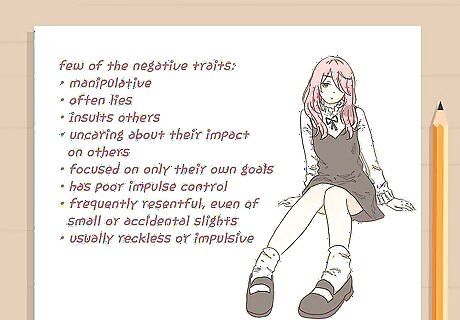
Use a personality balancer. You'll also want to be sure to balance your character's personality. A balance of positive and negative traits is necessary to create a compelling, believable character. Count up your character's negative traits and positive traits and try to make the negative traits slightly outnumber the positive ones. By the end of your story, your character will have developed to overcome a few of the negative traits. Example negative traits include: Manipulative Often lies Insults others Uncaring about their impact on others Focused on only their own goals Has poor impulse control Frequently resentful, even of small or accidental slights Is usually reckless or impulsive
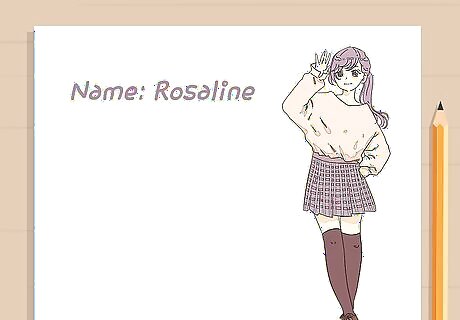
Give them a great name. Many people also believe that someone's name can affect their personality. Studies show that having an uncommon name can lead to bullying and the personality issues that result from being bullied. There are also people who believe a name can determine your whole personality (called Kabalarians). This, whether true or not, can help you decide on a name. Try to avoid using really unusual names in an otherwise realistic setting. This makes your character seem out of place.
Creating Compelling Stories
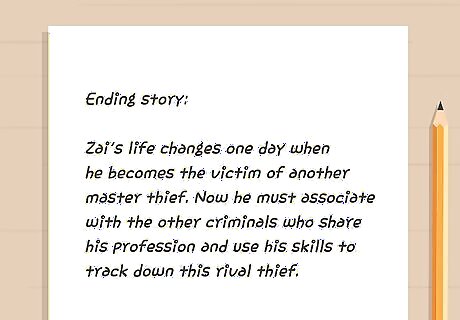
Identify your character's ending goal. It is important to know what is driving your character, what motivates them, and what is standing in between their desire and achieving it. Where do you want your character to end up? What do you want their lesson to be over the course of your story? What do you want them to have learned or changed? You can use your character's ending state to figure out how to portray them in the beginning.
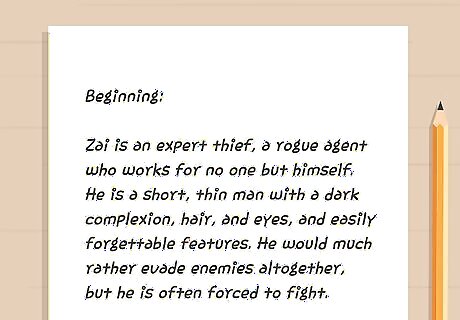
Identify your character's beginning. Once you know where they end up, decide where you want them to start out. This should follow logically from where they end. For example, if you want a character that learns to appreciate others, you want to show them not appreciating the people that care about them in the beginning. You probably also want to show why they think they don't need people. The backstory can make the character deeper, but it is not always necessary. You can only hint at it instead of elaborating in detail.

Decide how they get there. Think about where you want them to start and end. Now, what would lead someone to change like that? This is where you can get some great ideas for your story, because the things that happen to your character to make them change makes for great plot or subplot.
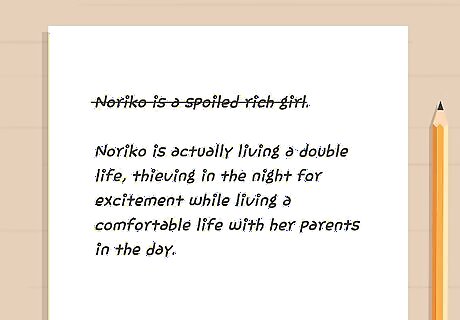
Avoid the clichés. Their girlfriend gets killed. They were orphaned at a young age. They grew up the perpetual new kid. These are all clichés meant to jump start your character's development. And because they're clichès, they tend to be boring. Try to avoid them. Work to be original in your character development. This will make people more interested in your character and want to follow your story.
Drawing Your Character

Choose a style. Different types of anime and manga are often drawn in different styles. You can just use your own natural style or you can emulate the look of classic artists for different genres. Shojo and shonen anime and manga are the two most common genres.
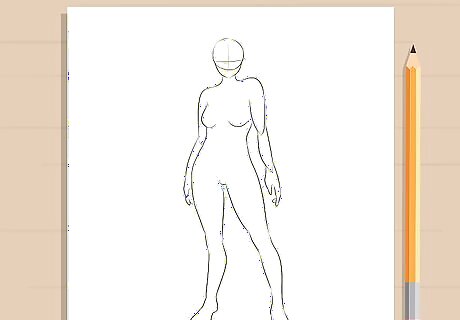
Draw the character. Keep in mind that cute characters usually have wide eyes while cool characters have small, slanted eyes. Check out these resources on how to draw your character: Here's how to draw an anime character: An anime boy An anime face Anime eyes Here's how to draw a manga character: A manga head A manga girl A manga girl’s face Manga hair
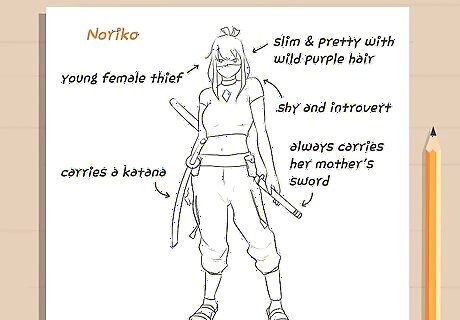
Take design cues from your character's personality and history. Add clothing and accessories. Let your choices help reflect your character's personality and history. For example, if you have a female character who tends to be very practical, put her in flats rather than heels. If you want to hint at a character's past, think of things that they might wear or keep that are significant to them. For example, in The Legend of Korra, Mako wears his father's scarf at all times. Be creative!
Improving Your Skills
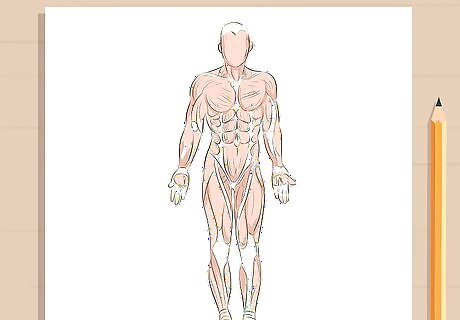
Study human anatomy. Making characters that look good starts with a basic knowledge of human anatomy. You don't want to make your character look like they have too many muscles or too few, too many joints or too few, a badly disproportionate body, etc. Get a good anatomy book and learn about where our bones and muscles are, how they bend, and where they line up.
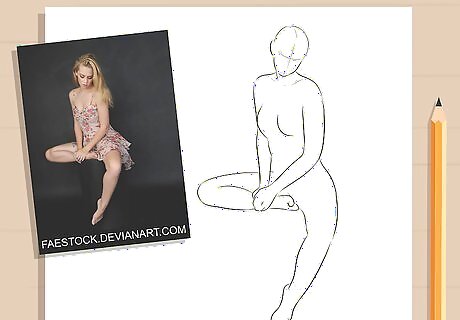
Draw from life. Drawing a manga character requires a basic knowledge of the human body. The more you can draw humans,the easier would it be to draw a manga. So start with drawing (for practice) your friends and even yourself sitting in front of a mirror.
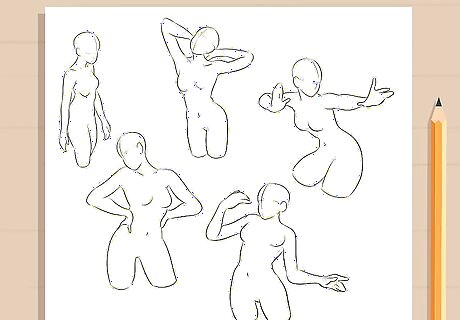
Practice different, dynamic poses. To draw poses for your character, you can take images of yourself doing those poses and then try to draw your character in those poses with the help of the images. You can also use helpful websites like posemaniacs.com for reference. Try to keep anatomy in mind when you do these poses. You don't want your character to end up looking like a Rob Liefeld drawing.
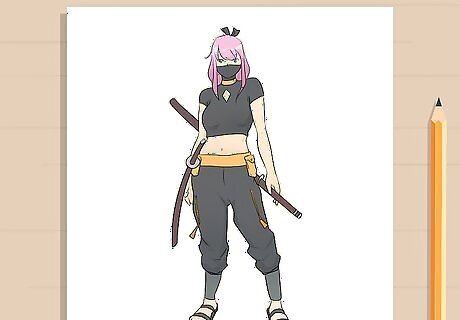
Keep practicing! The more you practice, the better you'll get.




















Comments
0 comment